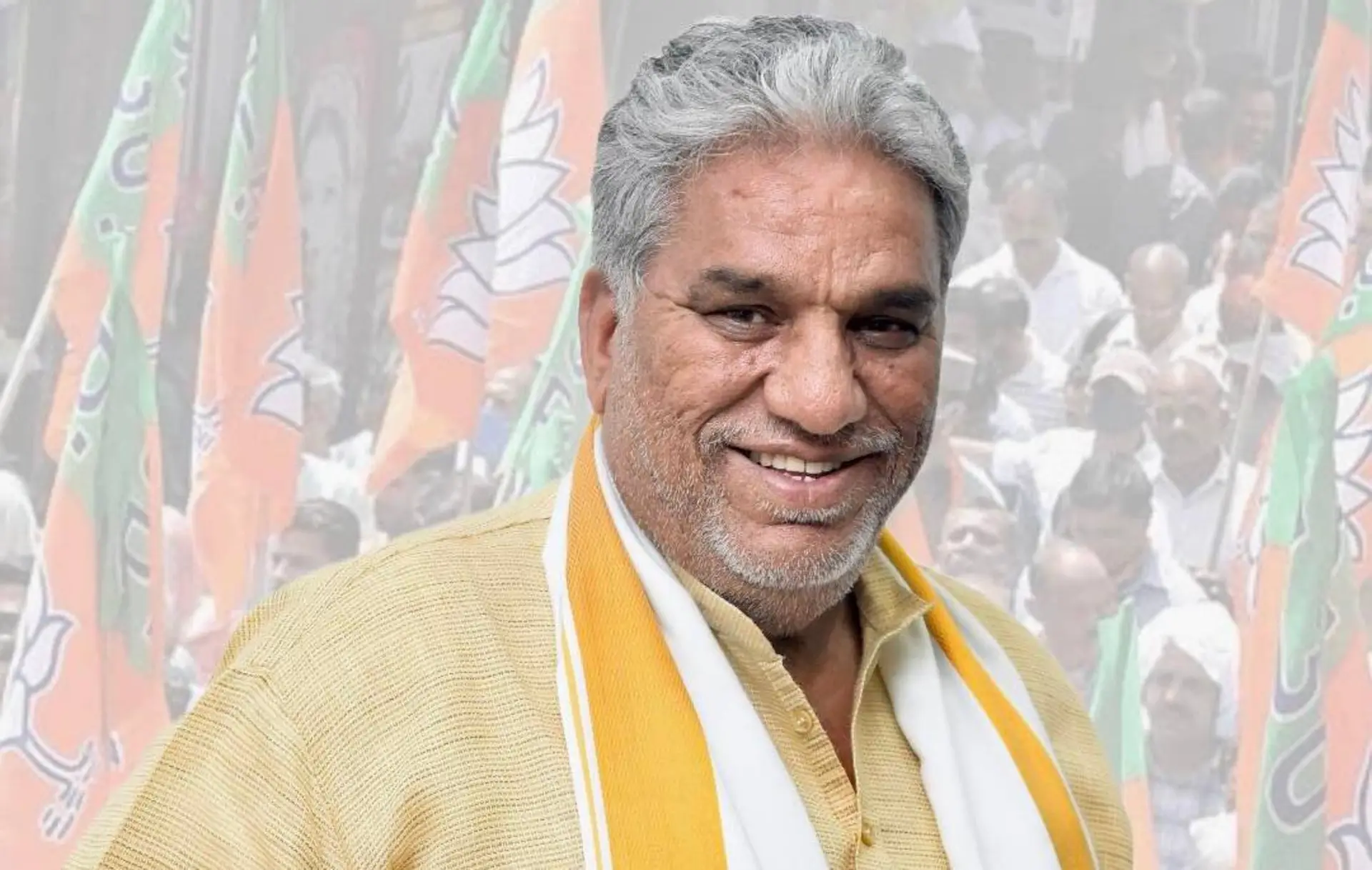
Electoral verdicts carry multiple messages in densely populated democracies like India. The results of the Lok Sabha Election 2024 echo this loudly. As the election dust settled, it became clear that Narendra Modi would lead the country again. Modi remains Bharat’s most popular leader. Modi, 73, after J.L. Nehru will be the first PM to assume power straight for the third time in Independent India’s history and will write new history if he completes this term, as Nehru died within two years during his third term as PM. BJP emerged as the largest party but fell short of the magic mark of 272. BJP's national vote share fell 0.7 percent from 37.3 percent in 2019 to 36.6 percent this year which is rather not a drastic reduction but all thanks to the FPTP system India follows, the seat tally of BJP dropped by 63 seats, from 303 in 2019 to 240 in 2024.
In parliamentary democracies like India, numbers matter the most and understandably the primary yardstick to gauge the success or failure of any party. But the 2024 Lok Sabha numbers shocked many. BJP despite receiving 70 lakh more votes than the last general elections lost around 63 seats. The critics of BJP and Modi who stand on different ideological pedestals seem to be enjoying the moment as they see this as the decline of Modi and they believe this would bring an end to the “Modinama”.
But is it the case? Or this momentous joy of India’s oldest party, Congress winning 99 seats after a decade with Rahul Gandhi at the helm give the critics a breather against Modi? The answers again lie in numbers. The humungous victories of the Modi-led BJP in 2014 and 2019 with 282 and 303 respectively belittle the 240 of 2024. It is only because Modi has altered and redefined the idea of political and electoral successes, therefore something that ten years ago would have been viewed as a great success is now viewed as a setback! That Modi is coming back straight for the third time and will be at the helm of affairs for the next 5 years is itself extraordinary in Indian politics. Of course with the allies, but this is not new for BJP and Modi. Even in the thundering victories of 2014 and 2019, the saffron party accommodated its allies and even the talks of giving the allies important positions in the government were common without any pressure.
Another message that shadowed in all the hullabaloo of the INDI alliance winning 232 seats against the 240 seats of BJP alone is that the BJP leaped forward in the southern and eastern states which were considered as fortress of Congress and regional parties before the election. In Odisha, the BJP uprooted the BJD and is all set to form the government on its own for the first time. BJP also bagged 20 out of 21 Lok sabha seats in Odisha. BJP’s vote share in Tamil Nadu, Kerala, and Telangana has also increased considerably.
In the left’s only bastion, Kerala, BJP opened its account for the first time as Suresh Gopi registered his win from Thrissur. With lots more to cheer in Kerala, in eleven Assembly segments, including six in Gopi's constituency, the BJP came out on top, and in the remaining six, it came in second. Taking to 16.83%, its vote share increased by 3%. In Tamil Nadu BJP’s vote share increased from 3.66 percent to 10.7 percent but it failed to open its account in the state with its star campaigner Annamalai losing from Coimbatore. While in Telangana, its share shot up to 35 percent from 19.45 percent in 2019. BJP and Congress both ended up winning 8 seats in the state, while the Hyderabad seat went to the kitty of AIMIM, remember Congress formed government here in 2023.
The party suffered some serious blows in Uttar Pradesh, Maharashtra and Rajasthan. The defeat of BJP stalwart Lallu Singh from Faizabad came as an absolute shocker. The victory of Samajwadi Party’s Dalit candidate Awadesh Prasad from Faizabad by a margin of 54000 votes is one of the hot topics of discussion after the results. That Ayodhya, the birthplace of Lord Ram, voted against the saffron party is in itself a big jolt. While in Maharashtra, BJP’s tally came down from 23 to 9. Congress improved its tally to 13 with the MVA alliance performing well in the state.
Nonetheless, Modi’s welfare along with the cultural rejuvenation were two important factors behind the BJP’s gigantic electoral successes. With strong and unfettered advocacy of Hindutva, Modi is all set to return to the 7 Lok Kalyan Marg, for the third time. But the loss of 63 seats also gives a strong message to the MPs that only the popularity of leadership won’t yield results for them. The MPs need to be on the ground to counter the opposition agenda. Having said that, Modi’s speech on 4th June in the BJP HQ. highlights his agenda for the next 5 years and makes it clear that he is not here to stop even with the coalition government.















